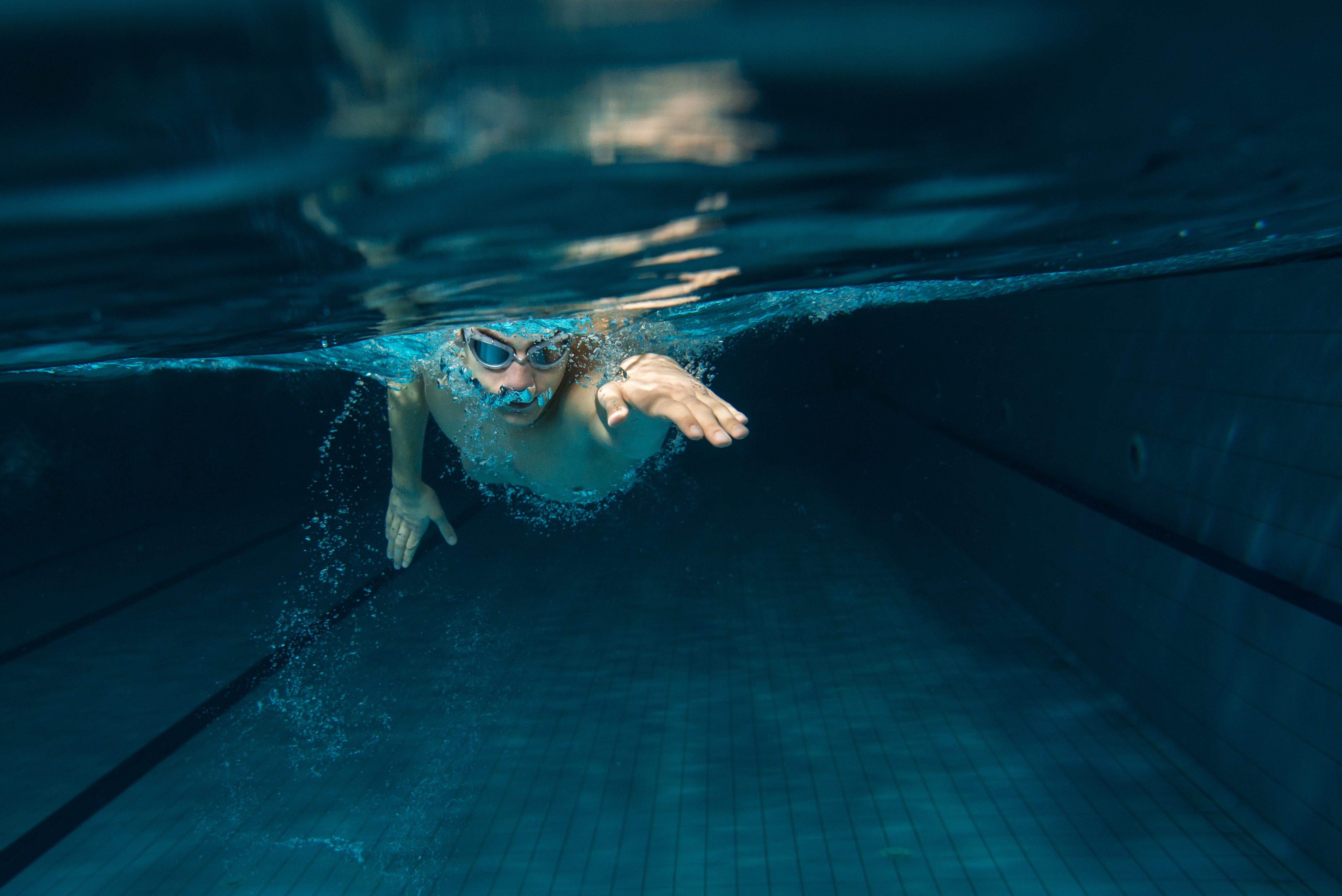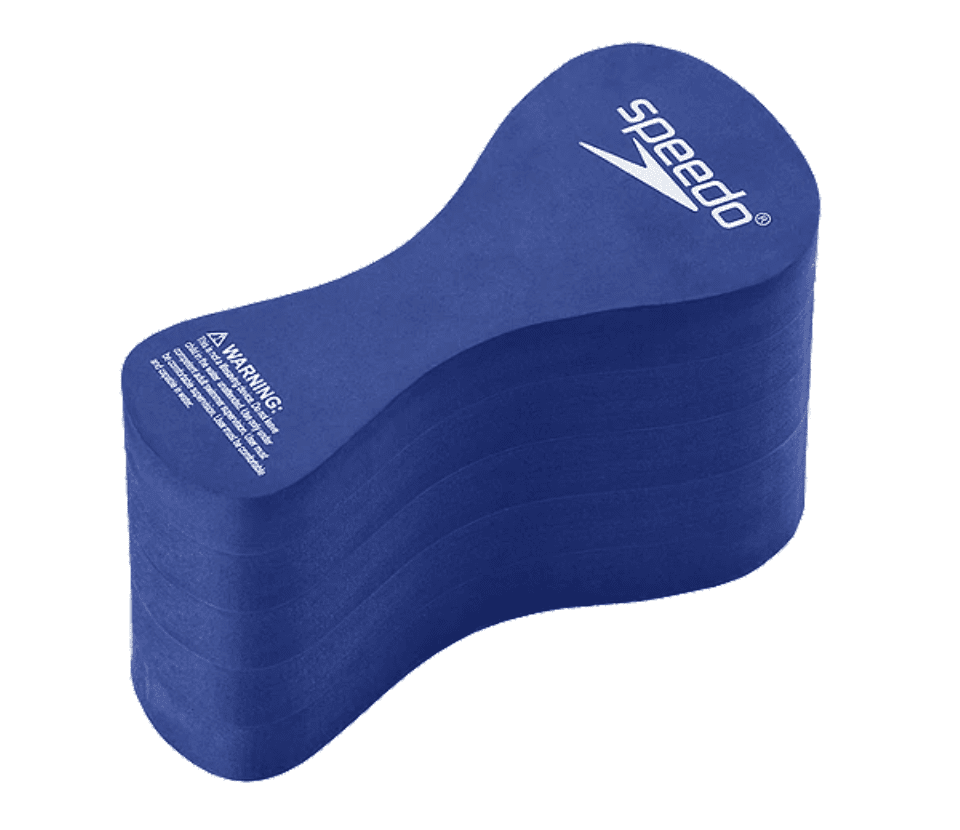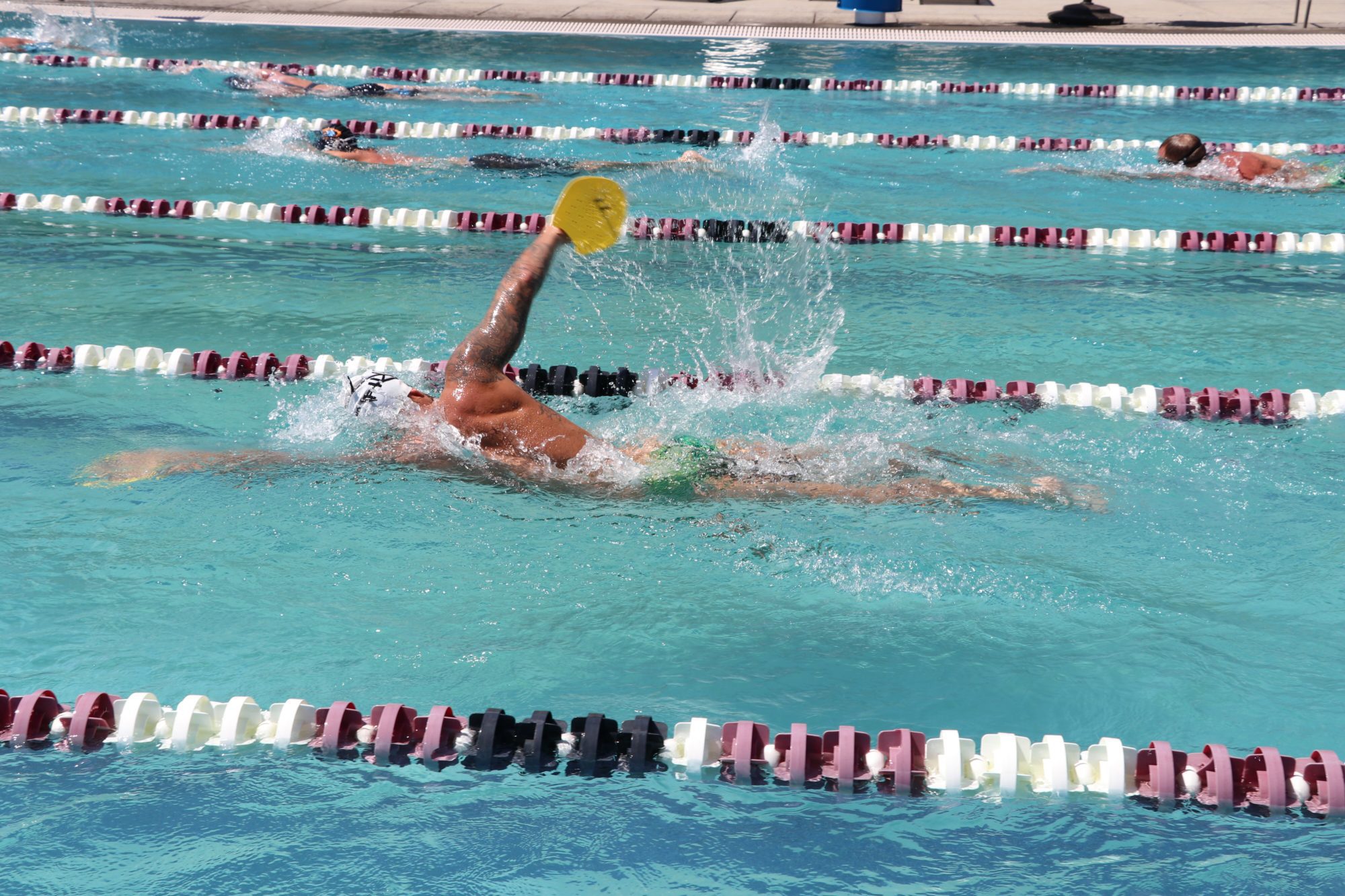Training with a pull buoy reaps rewards
Despite the benefits, there are a few cautions to keep in mind when using a pull buoy in training

A popular training tool, the pull buoy is a piece of equipment used to work on technique and strength. Despite its benefits, it is also the subject of much debate in the swim community on whether it ends up doing more harm than good.
Having spent much of the triathlon season steadily increasing my swim mileage, I found the benefits outweighed the drawbacks. Despite its obvious benefits, I do advise caution when using a pull buoy (see below).
For the purposes of my training, I used the Speedo Pull Buoy, however, there are few differences from brand to brand. At the end of the day, it really is a piece of foam, but a piece of foam that reaps rewards when used properly.

Here are a few benefits of using a pull buoy in training:
- It helps teach proper body position – hips high, feet barely below the surface of the water and in a streamline position.
- Targets the upper body. By taking the legs out of the equation, you can shift your attention elsewhere. This is hugely beneficial for a triathlete, especially after a hard bike or run workout when your legs are dead. Therefore, it can serve as a great tool for a recovery session.
- It helps you focus on aspects of stroke technique. Swimming is often the newest discipline for triathletes, and because of this, a triathlete needs to prioritize technique. By incorporating sets with a pull buoy, triathletes of all abilities can work on a high elbow catch and a steady stroke without thinking about kicking.
- Practice breath control. Being able to breathe on both sides of your body is a skill any triathlete will want to work on. It helps with sighting and adapting to race day situations. Doing sets of variable breath counts, for example, 3-5-7-9, also taxes your cardiovascular system.
- It can be easily combined with paddles (and bands) to work on upper body strength and endurance.
Related: Review: Speedo I.M Tech Paddles
Despite the benefits, there are a few cautions to keep in mind when using a pull buoy in training:
- Over-reliance. Make sure that when you go to the pool, you have a clear plan for each set and what you hope to accomplish. A pull buoy is a great tool, but it is best not to use it for every set. This will help you translate the skills learned with the pull buoy to sets without the pull buoy.
- It breaks the chain of dynamic body movements. Also known as the kinetic chain, a pull buoy helps breakdown aspects of a stroke. However, swimming is a full body activity, and the limbs need to work in unison to go forwards.
- Less core work. A pull buoy keeps your hips high – an excellent practice to try to mimic when swimming without a pull buoy. To do this without a pull buoy, you need to focus on engaging your core. Therefore, a better practice is varying your sets, with and without a pull buoy in order to translate skills.
Like any good thing, too much pull-buoy training can have a negative impact. However, if you’re someone that needs to work on your swim, the pull buoy is an essential tool.
Priced at $16.99, you can find the Speedo Pull Buoy at your local retailer by visiting https://www.speedocanada.com/.

